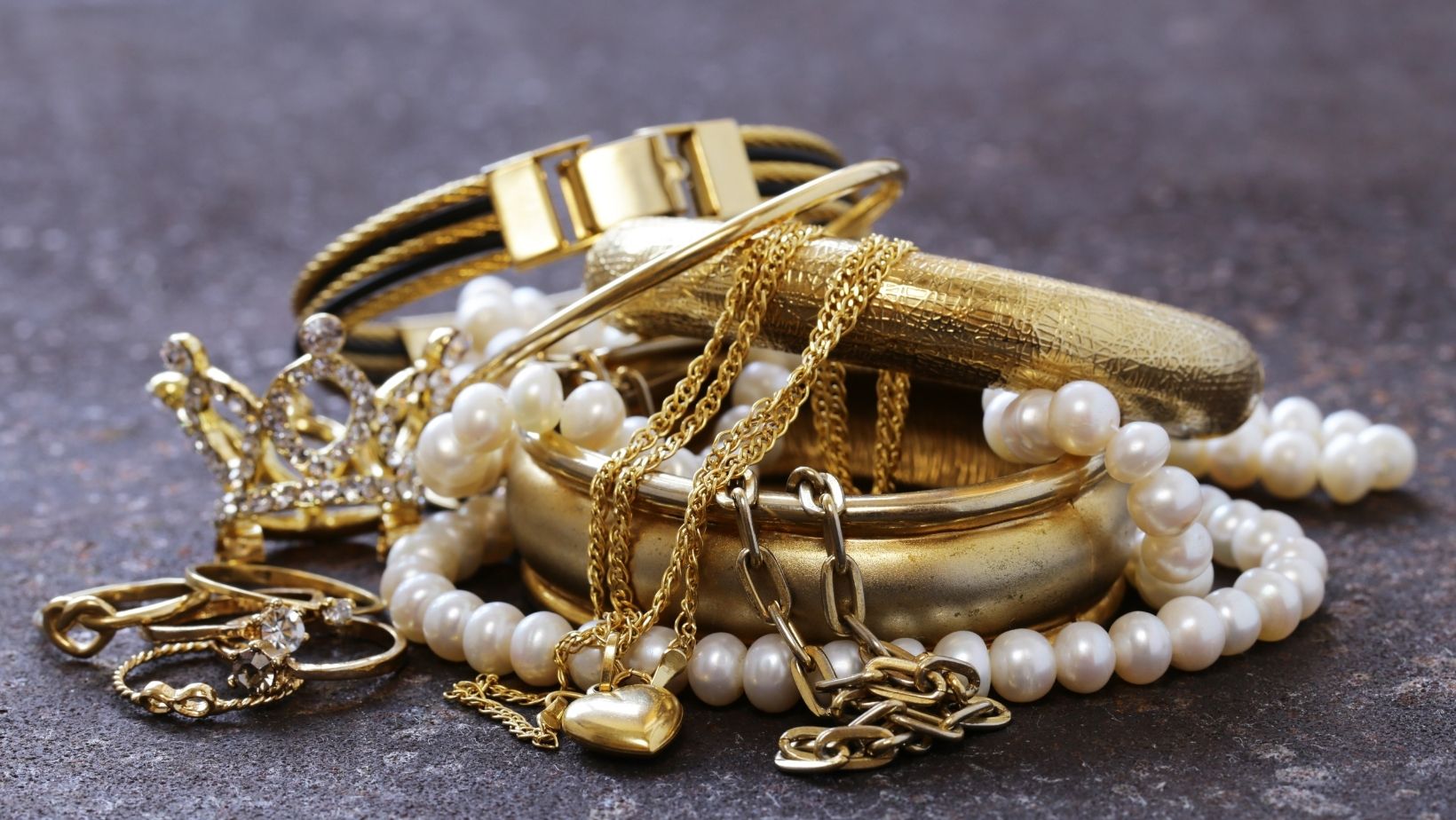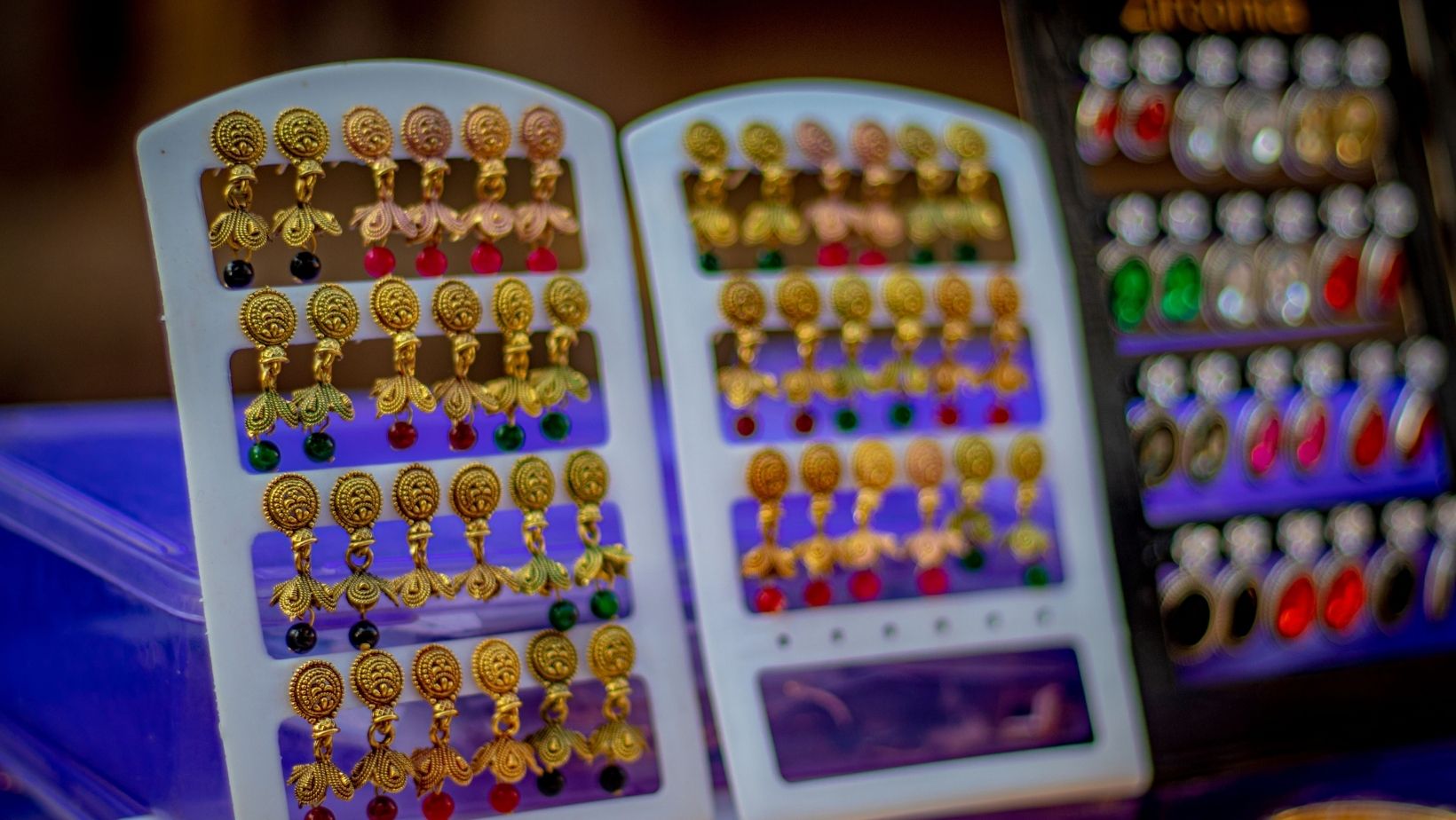
When it comes to choosing between 18k and 14k gold, the decision can be a sparkling dilemma for jewelry enthusiasts. As a seasoned expert in the world of jewelry, I’ve delved into the nuances of these two popular gold options to shed light on which shines brighter. The karat weight of gold not only affects its value but also its durability and appearance, making it essential to understand the differences between 18k and 14k gold.
In this article, I’ll guide you through the key distinctions between 18k and 14k gold, helping you make an informed choice for your next jewelry purchase. From understanding the gold composition to considering the practical aspects of wear and maintenance, I’ll share valuable insights to empower you in making the right decision for your unique style and preferences. Stay tuned to discover which karat gold suits your needs best.
Gold Karats
Gold karats are a crucial factor to consider when selecting the right type of gold for your jewelry pieces. As an expert jeweler, I often receive questions about the differences between 18k and 14k gold. Understanding the significance of gold karats can help you make informed decisions based on your preferences and needs.
Gold Karats Defined
Gold purity is measured in karats, with 24k being the purest form of gold. 24k gold is too soft for jewelry making, so it is often alloyed with other metals to increase strength and durability. The karat number indicates the proportion of pure gold in the alloy. For example, 18k gold contains 75% gold and 25% other metals, while 14k gold consists of 58.3% gold and 41.7% other metals.
Factors to Consider

- Durability: Higher karat gold, such as 18k, is softer and more prone to scratching or bending compared to lower karat gold like 14k. If you lead an active lifestyle or tend to be rough on your jewelry, 14k gold may be a more suitable option for you.
- Color and Appearance: 18k gold has a richer yellow color due to its higher gold content, while 14k gold appears slightly paler due to the additional alloy metals. Your preference for color intensity can influence your choice between the two.
- Price: Generally, 18k gold is more expensive than 14k gold due to its higher gold content. If budget is a consideration for you, 14k gold can be a more cost-effective choice while still offering the beauty of gold jewelry.
Making the Right Choice
When deciding between 18k and 14k gold, consider your personal style, budget, and how you plan to wear the jewelry. Whether you prioritize durability, color, or cost, understanding the differences in gold karats can help you select jewelry that aligns with your preferences and lifestyle.
Differences Between 18k and 14k Gold
Gold Purity Levels

When comparing 18k and 14k gold, the key point to consider is the gold purity levels. An 18k gold piece contains 75% pure gold, while a 14k gold piece has 58.3% pure gold. This means that 18k gold is higher in purity compared to 14k gold. The higher the gold content, the more valuable and sought after the piece is, making 18k gold a popular choice for those looking for higher purity in their jewelry.
Durability Comparison
In terms of durability, 14k gold is generally considered to be more durable than 18k gold. The reason behind this is the other metals mixed with gold in the alloy. 14k gold consists of a higher percentage of alloys like copper or nickel compared to 18k gold, making it more resistant to scratches and dents. On the other hand, 18k gold, with a higher gold content, is softer and may be prone to wear and tear more quickly than 14k gold.
These differences in gold purity and durability play a significant role in determining the value, wearability, and maintenance of 18k and 14k gold jewelry pieces. By understanding these distinctions, individuals can make informed decisions when selecting the type of gold that best suits their preferences and lifestyle.



